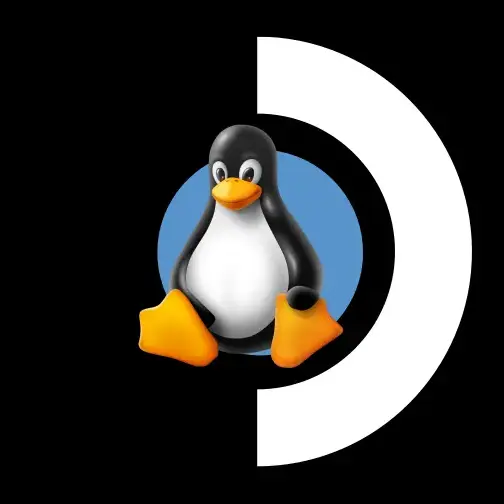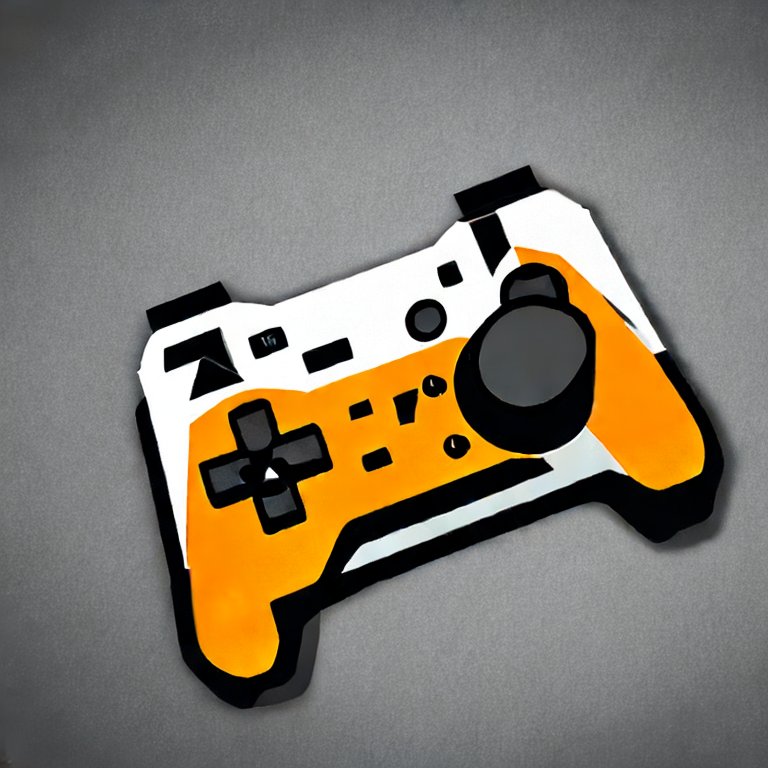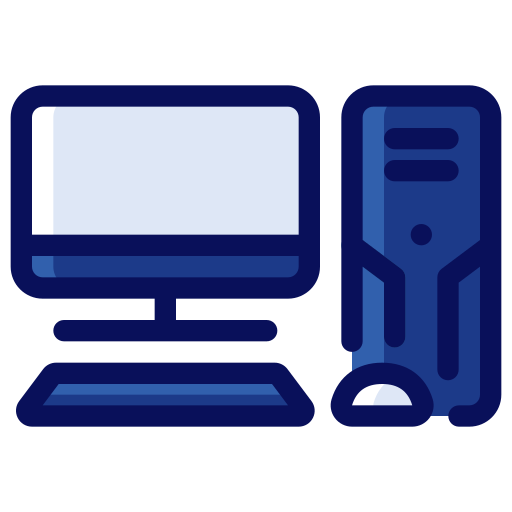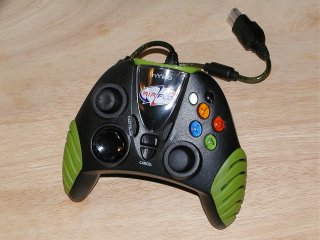

Well, the problem is honestly just Windows. It’s not designed for mobile or touch interfaces at all, and all the telemetry and crap bloatware degrades the battery performance. If you get rid of all of that stuff it’s actually on par with the Linux equivalent.
I dual boot my Ally and I actually spent time messing around with different OSes. ChimeraOS was not ready when I had initially given it a shot (around March) and it crashed constantly and didn’t have full support for things like RGB. I also tried Bazzite at that time and it was a similarly strange experience. It’s gotten much better in the last few months. I’ve been running Bazzlite on my Ally since early July. HHD has progressed immensely and offers a lot of good control over the device.
If you start off with the IoT version of Windows, it comes with essentially nothing. The store app isn’t installed, but neither is Teams or Paint. You don’t actually have to spend time “debloating” it, since it comes more or less bloat-free. You actually have to spend more time installing dependencies and drivers than removing things. Run the telemetry disabling script and then you have a version of Windows that still sucks to use in general, but is much less awful on battery life.





Not without tinkering, but isn’t that always the case with Linux?